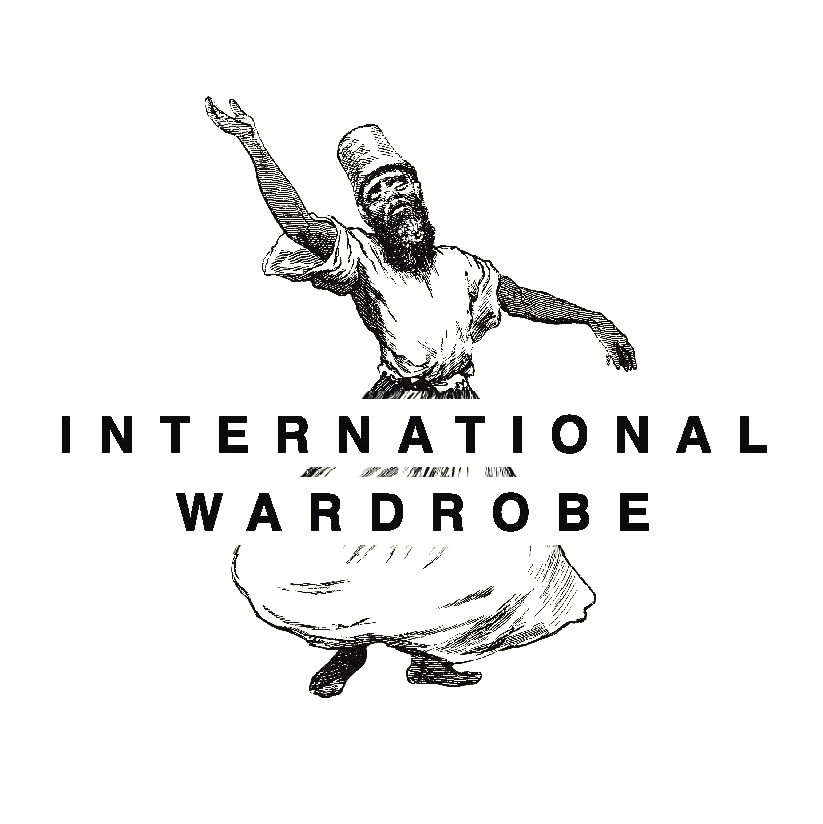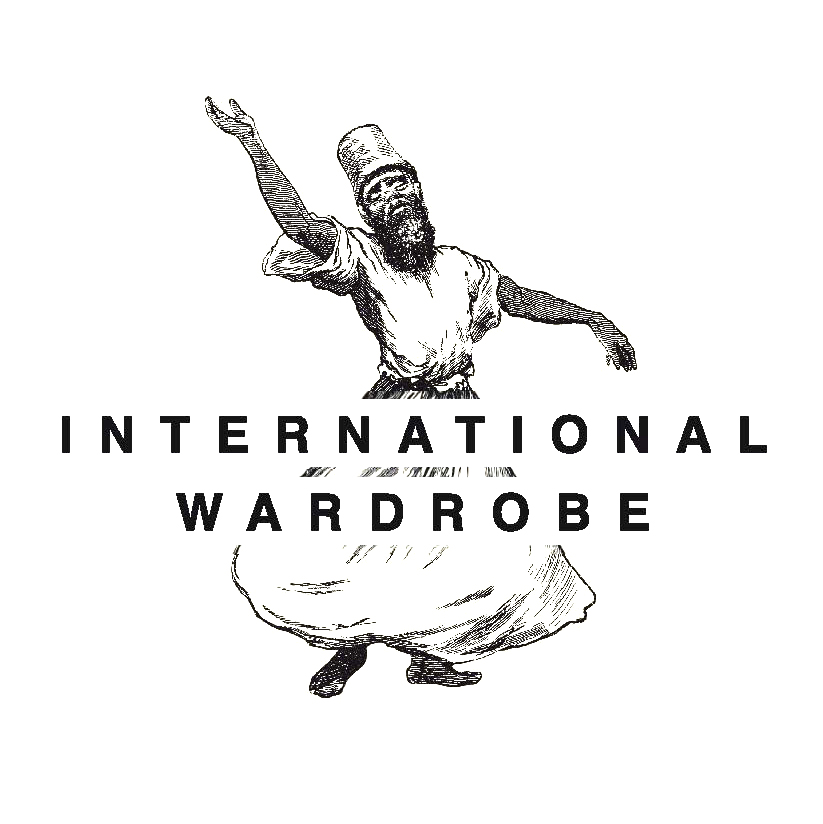As a former Russian colony, Uzbekistan and its neighbouring countries were subjected to Russian influences on many levels. Once an infrastructure had been established and roads been built with Russian assistance, the level of trade increased significantly in the General Government of Turkestan, as the region had been named by the Soviet General Government at the time. Russian goods such as printed fabrics and tableware were exported, and cotton and silk imported. After the Tsar was overthrown in 1917 and the Soviets rose to power, the push to industrialise increased further. Stalin’s First Five-Year Plan created new factories in Central Asia, and collectivised the work in kolkhozes (collective farms). Many small businesses run by craftsmen closed down during that time. Apart from expanding their business interests, the Soviets also tried to increase their influence by prohibiting people from practicing their religion and traditional ways of life. In 1927, an initiative was launched to liberate women, which initially had the opposite effect. The campaign was called Hujum (which roughly means “Attack!”), and, with the help of Soviet women, was supposed to persuade Uzbek women to give up wearing the traditional garments they wore to cover themselves, such as the paranja (a robe that covers the head and body–a bit like an abaya) and chachvan (the part that covers the head and face) within 6 months of its inception. However, Uzbek women resisted Soviet interference, and took to wearing the paranja more frequently as a symbol of national identity. Only in the 1950s did they stop wearing a veil, and in general have not returned to it. Their current president Karimov, who is not exactly famous for advocating democracy, cares little for religion. After all, together with the state it’s another important moral and social system for regulating a community – and hence another possible source of conflict for the government.
It is in this context that the suzanis of the late Soviet era must be viewed: they were created by artisanal kolkhozes or individually, at home, to commemorate special events and holidays. Suzanis, Central Asian embroidered covers and wall hangings, for the most part, are decorated with oriental patterns and stylized floral motifs. Suzanis made by the kolkhozes break all the rules of Islamic art regarding the representation of living beings: they depict naturalistic images of human beings and animals, such as birds or squirrels, women embroidering, couples getting married. There are even full body portraits of women in ikat miniskirts from this period. These hand-embroidered objects with traditional motifs and interpretations can be charming, light and vivacious, and one can easily see that the women who embroidered them knew how to use their artisanal skills freely.
Many of the suzanis from the collectives were made to commemorate special events, such as International Worker’s Day on May 1st, Labour Day, International Women’s Day on the 8th of March, the 10th of October for the Bolshevik Revolution, or the 9th of May, when Nazi Germany surrendered to the Soviet troops at the end of World War II. There are also numerous suzanis with Lenin’s portrait that commemorate his 100th birthday (in 1970), or that are dated “1974”, to commemorate the 50th anniversary of Lenin’s death. They are marvellous examples of politically inspired folk art. Less politically influenced but just as beautiful are the suzanis made for private purposes, that celebrate public holidays and festive occasions, like the wedding suzanis with portraits of the bride and groom. Unfortunately, this tradition no longer continues.
Pictures from top to bottom:
1. Commemorate suzani from1974. The man is the russian/uzbek poet Hamid Olimjon, who died 1944 because of an car accident.
2. Suzani made with two different pieces. On the upper part from 1976 there are cheerful woman doing more embroideries for more suzanis.

